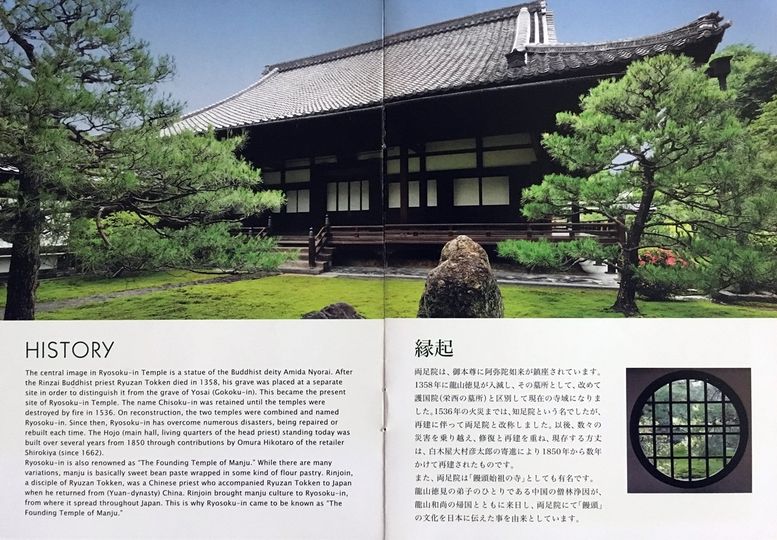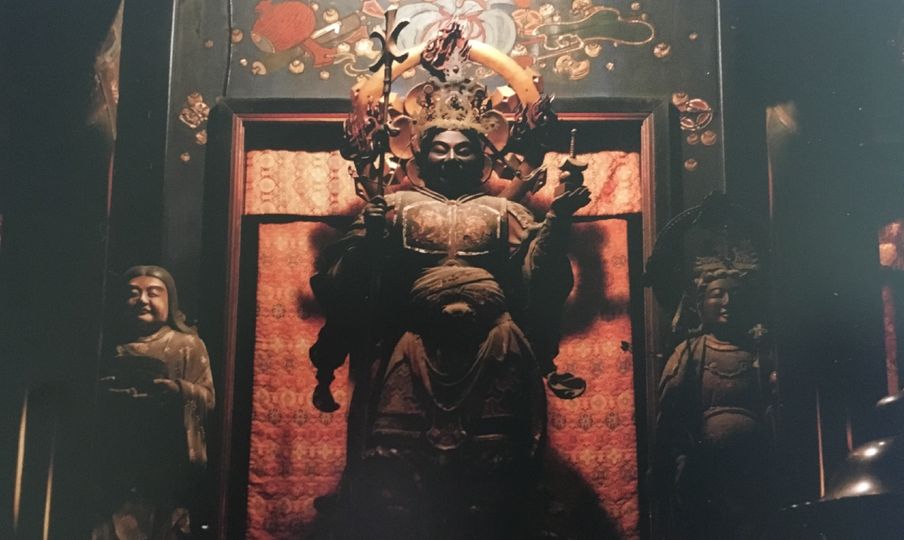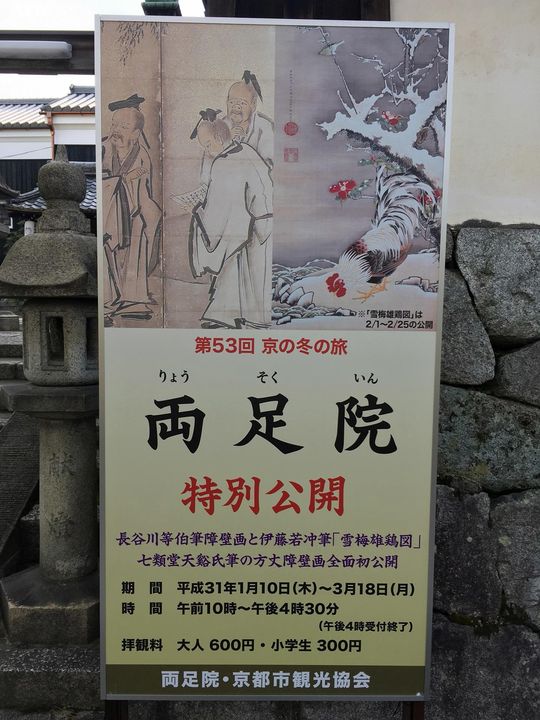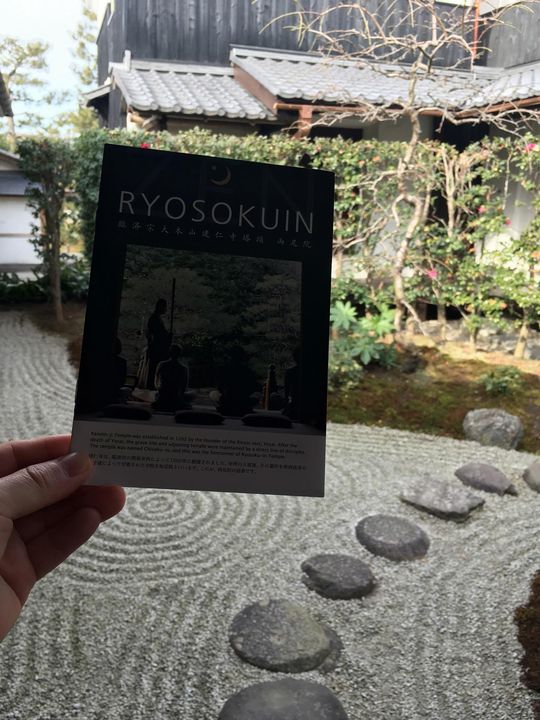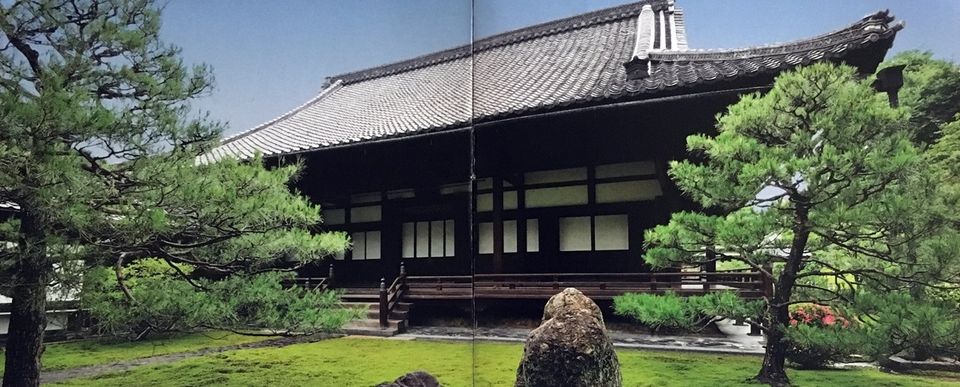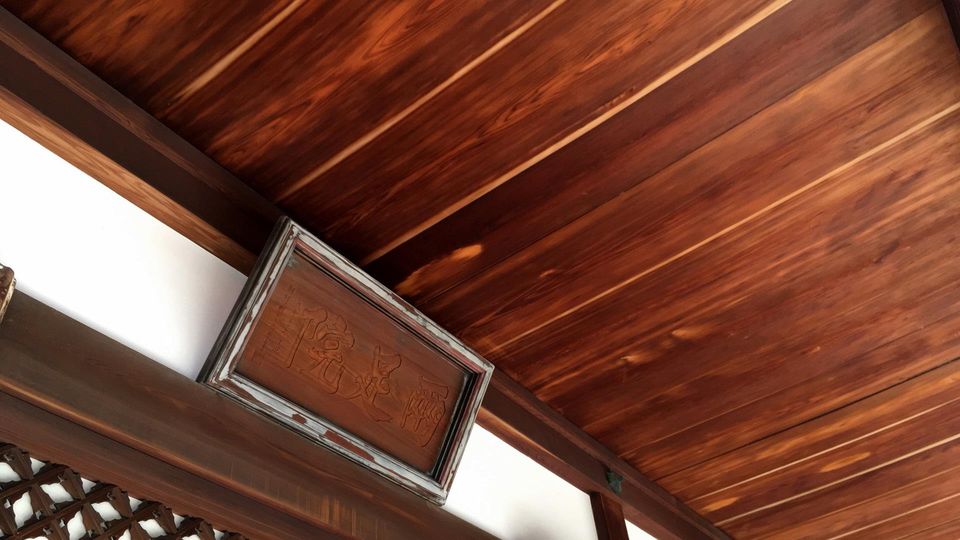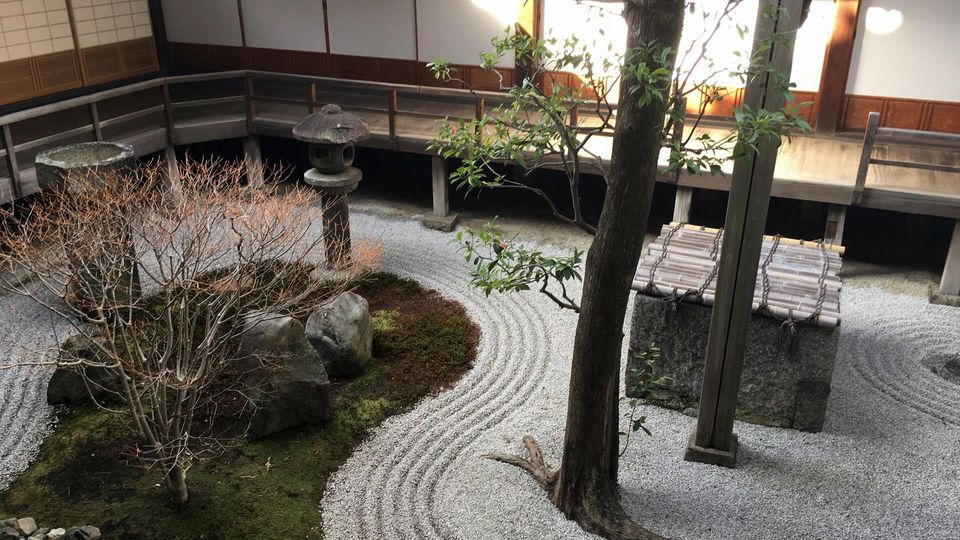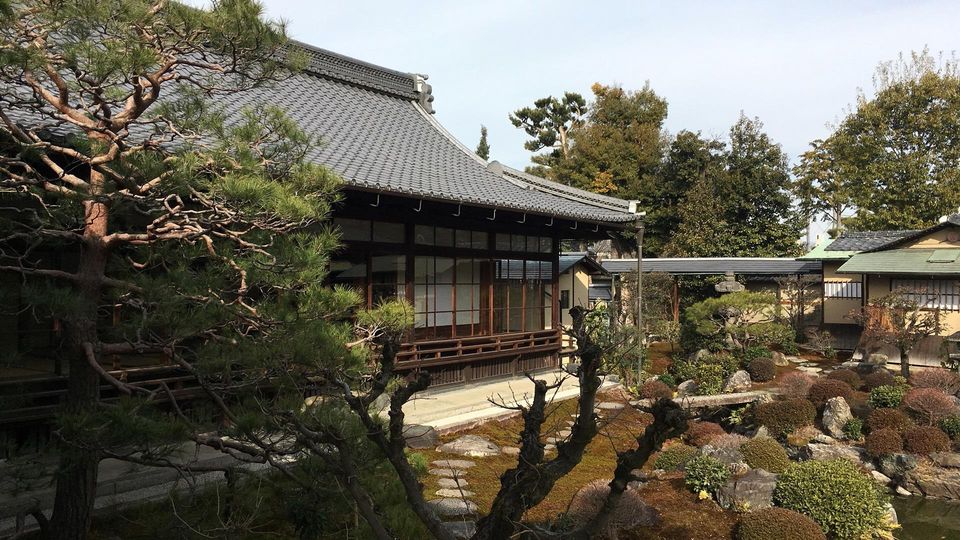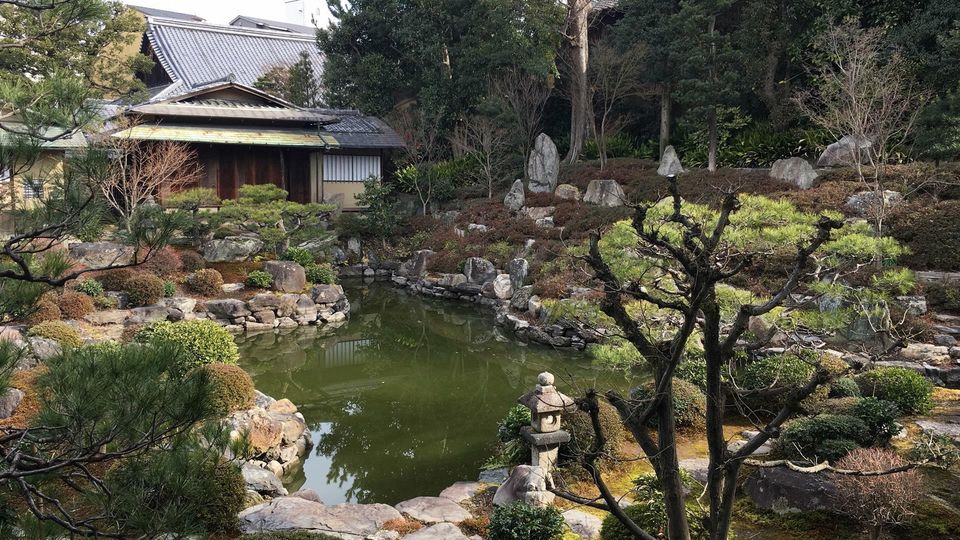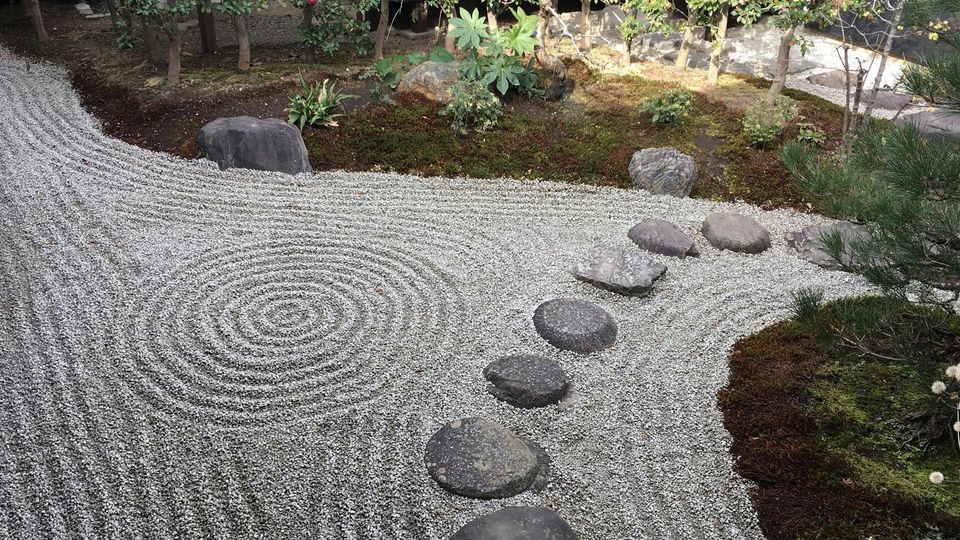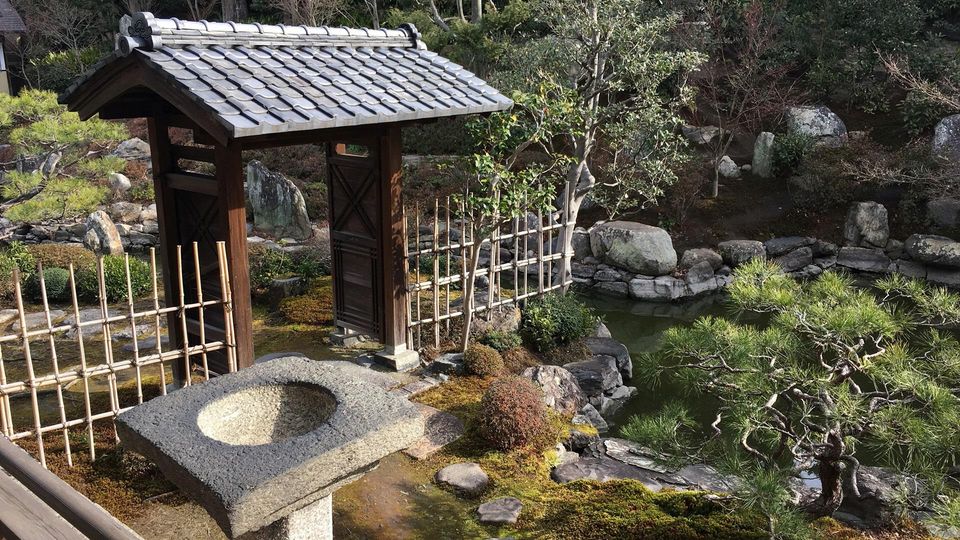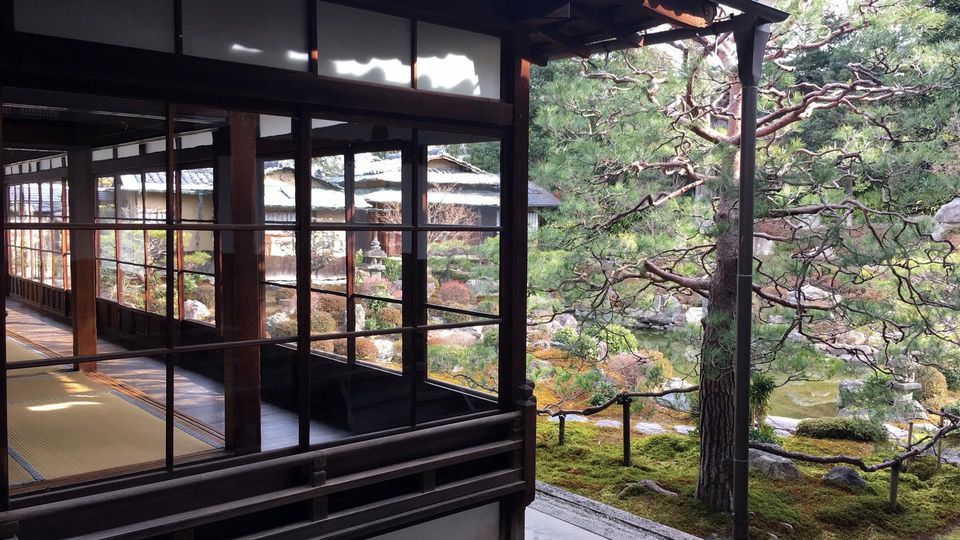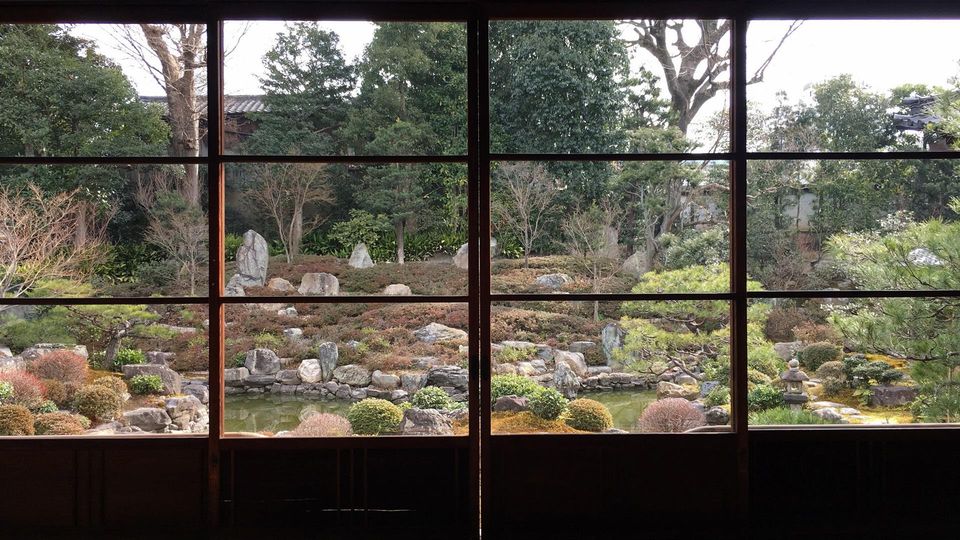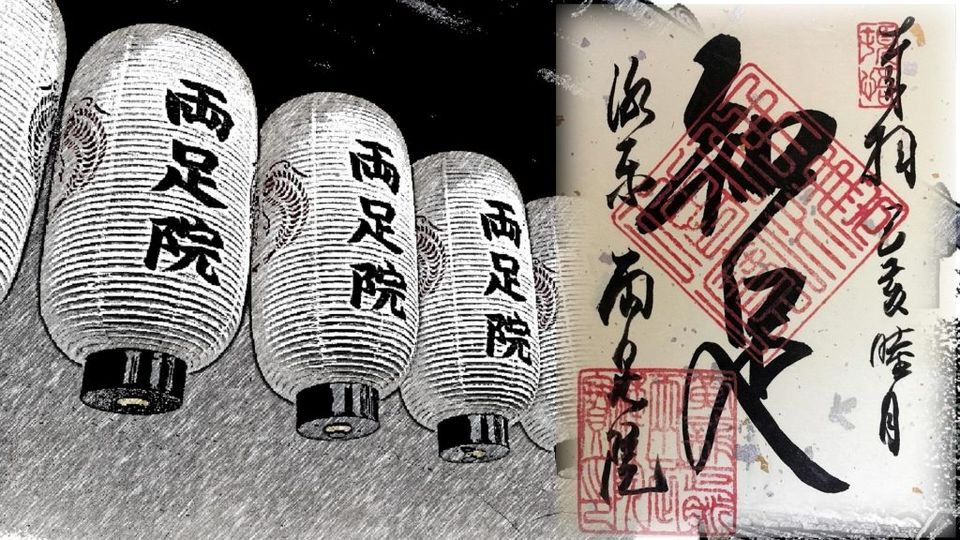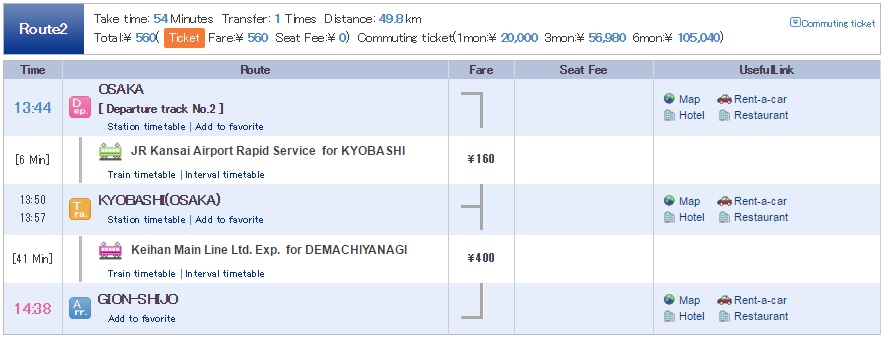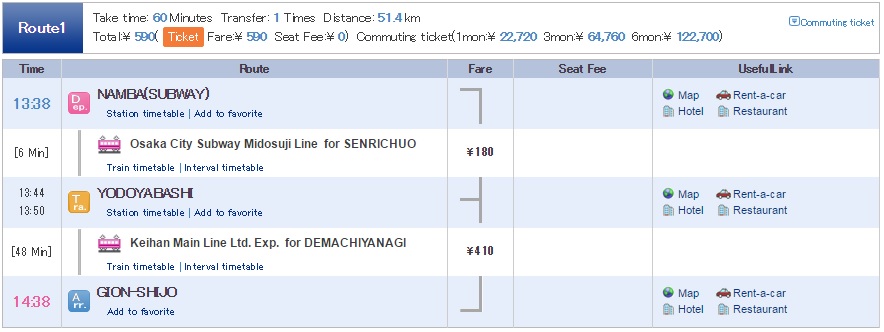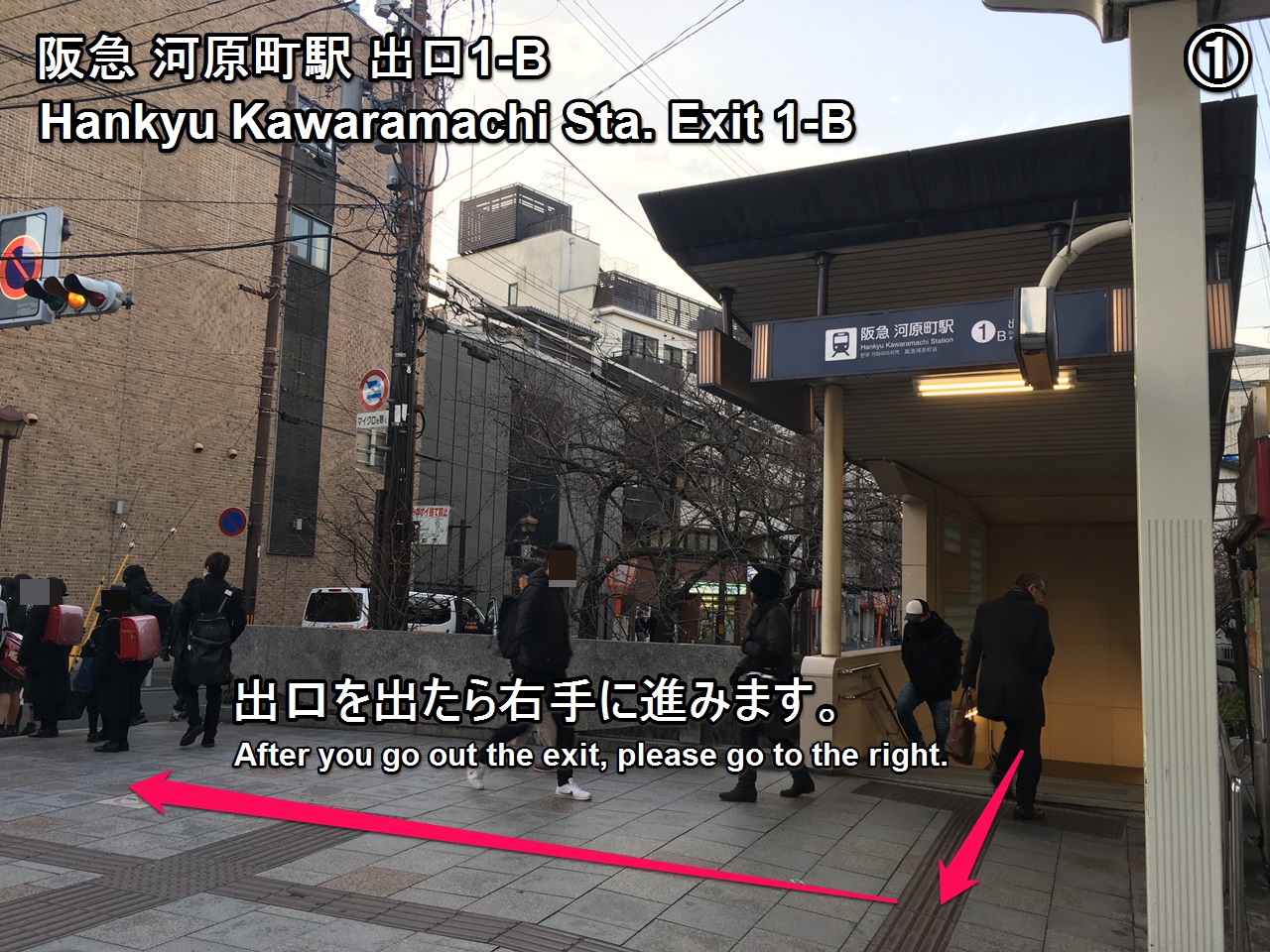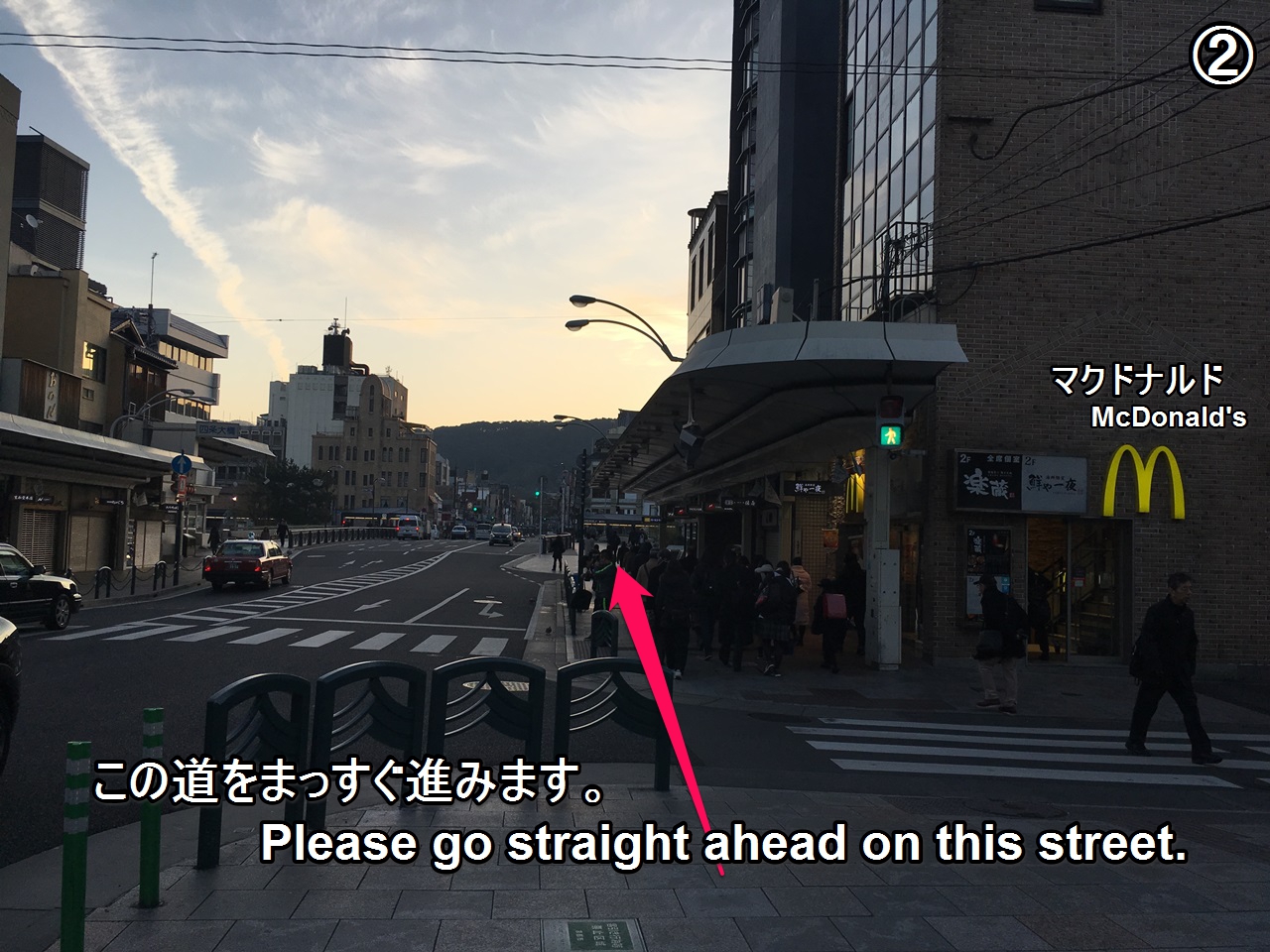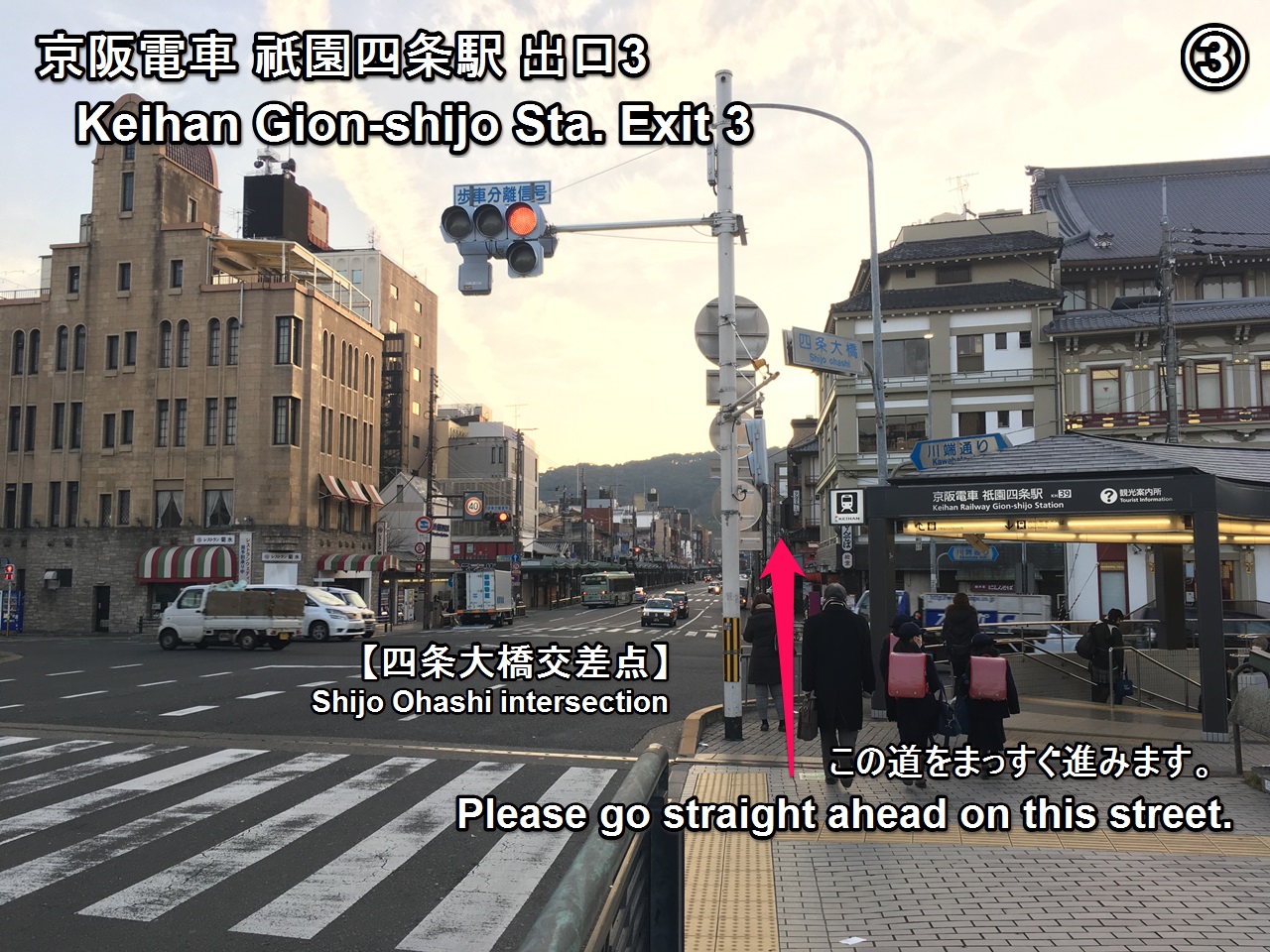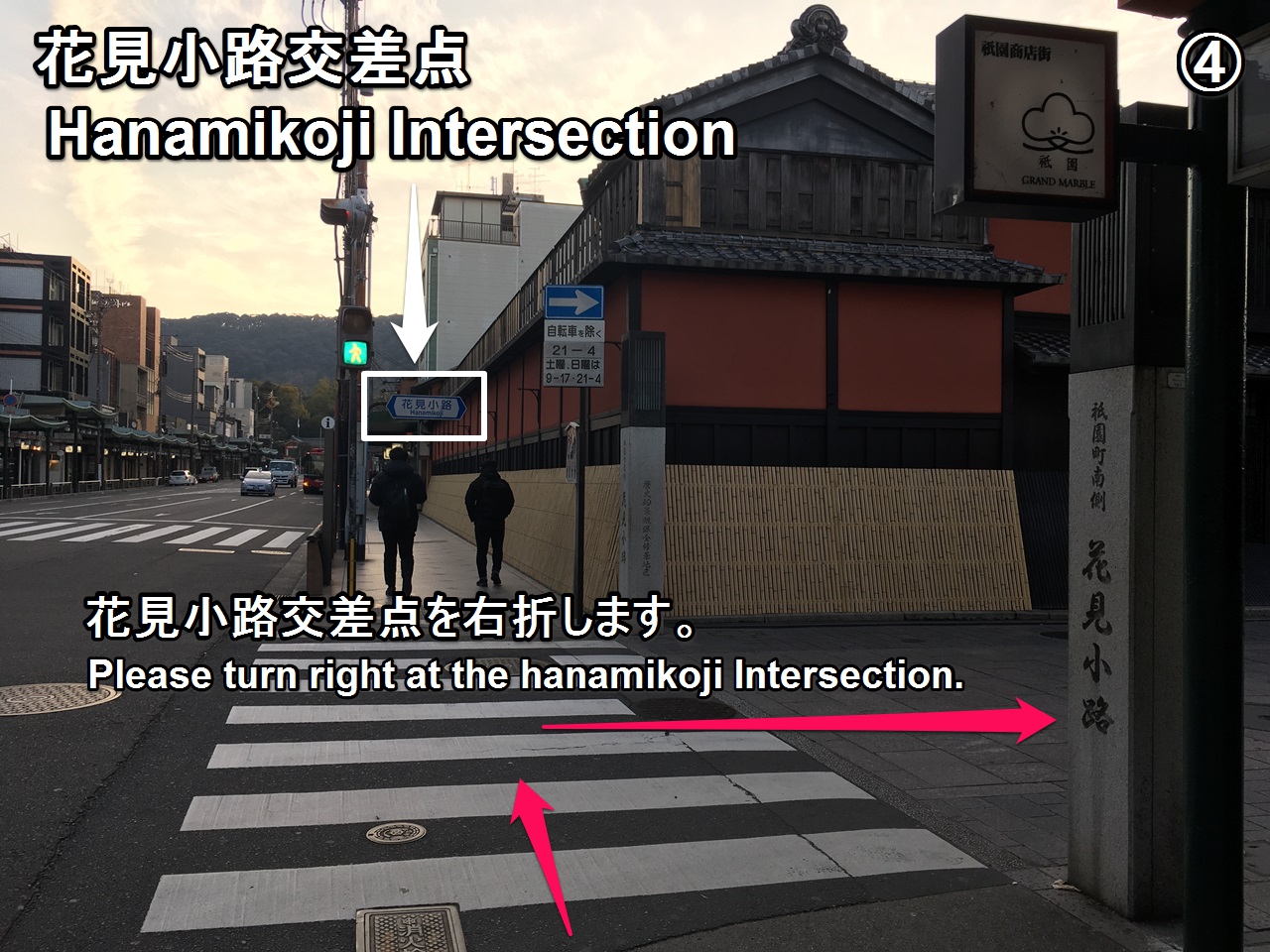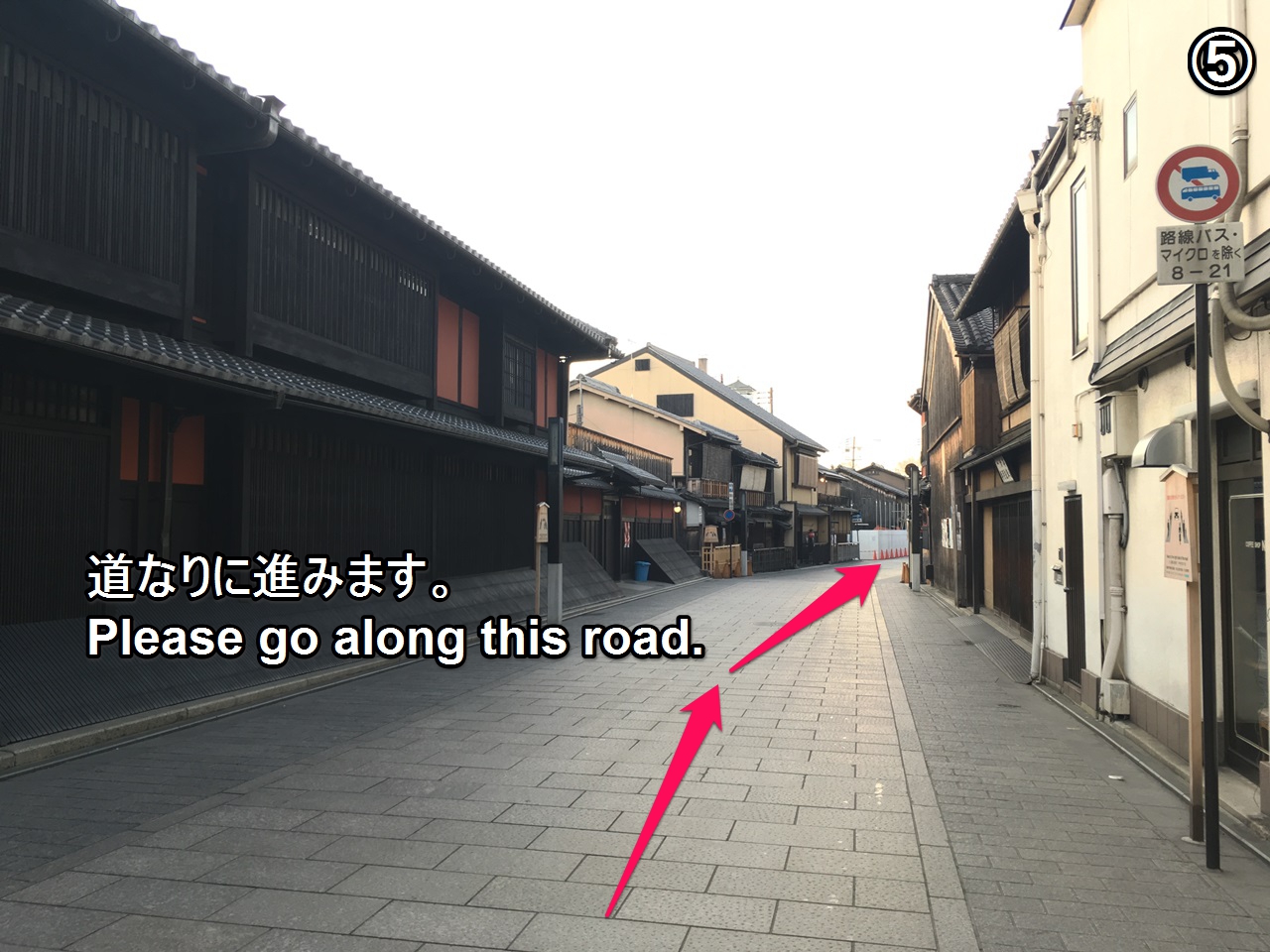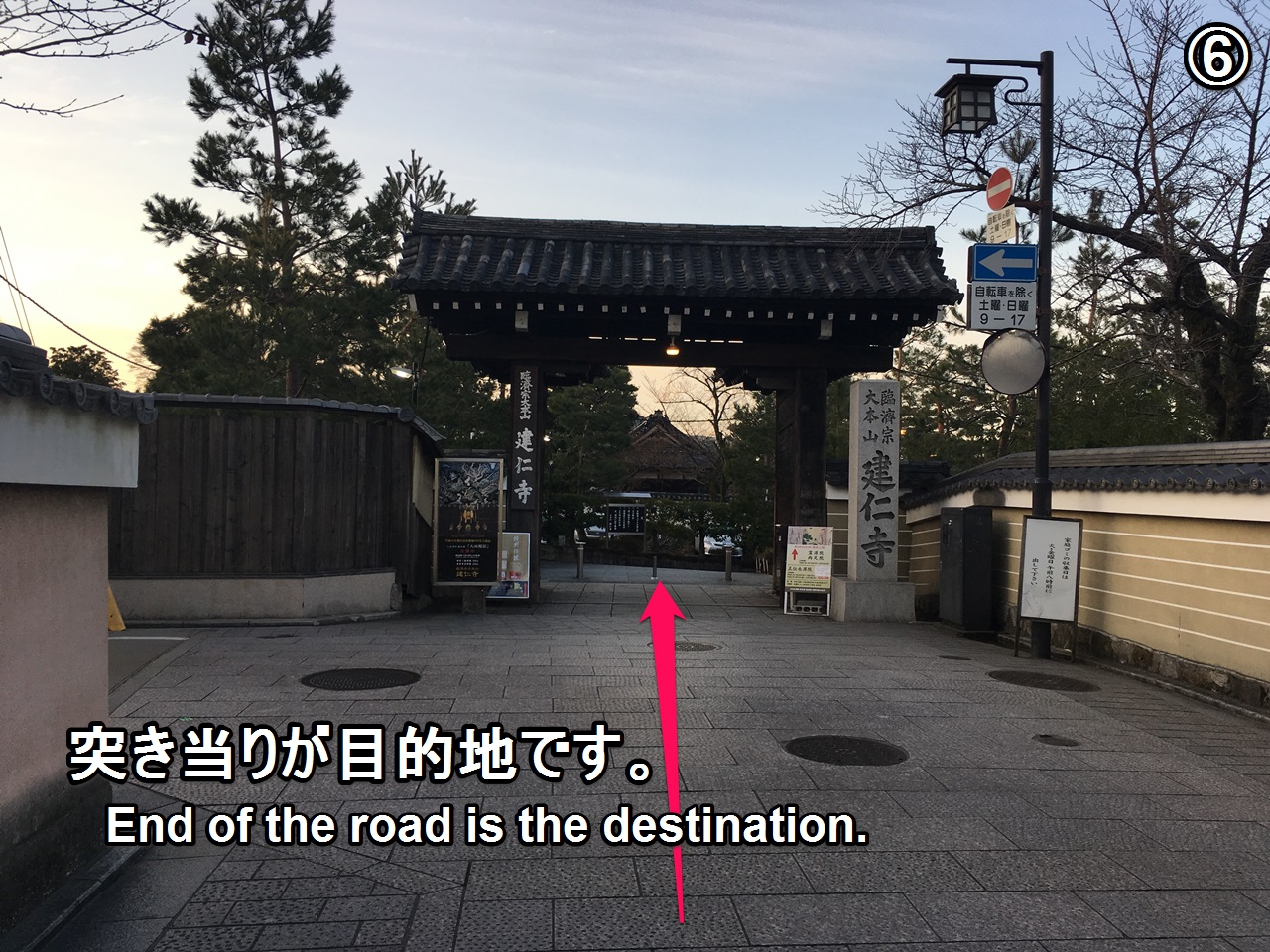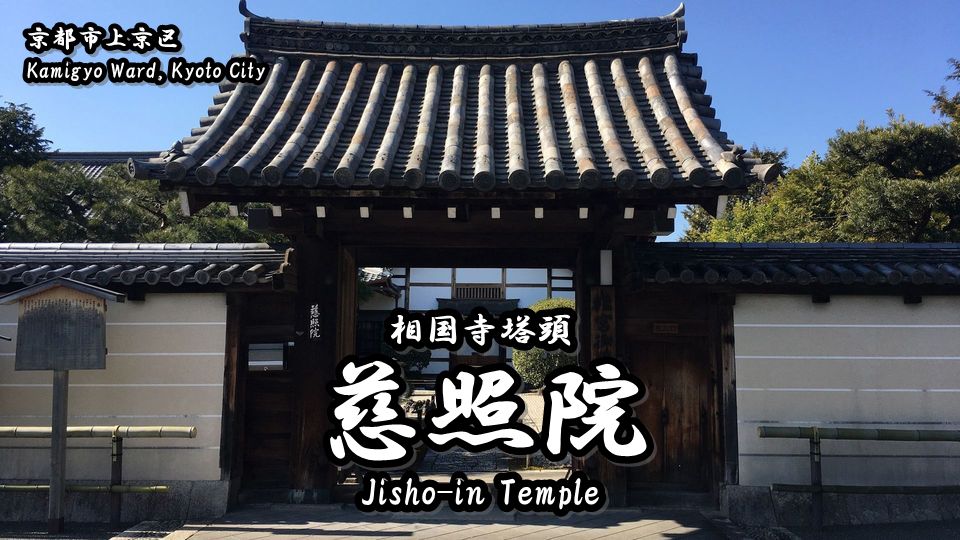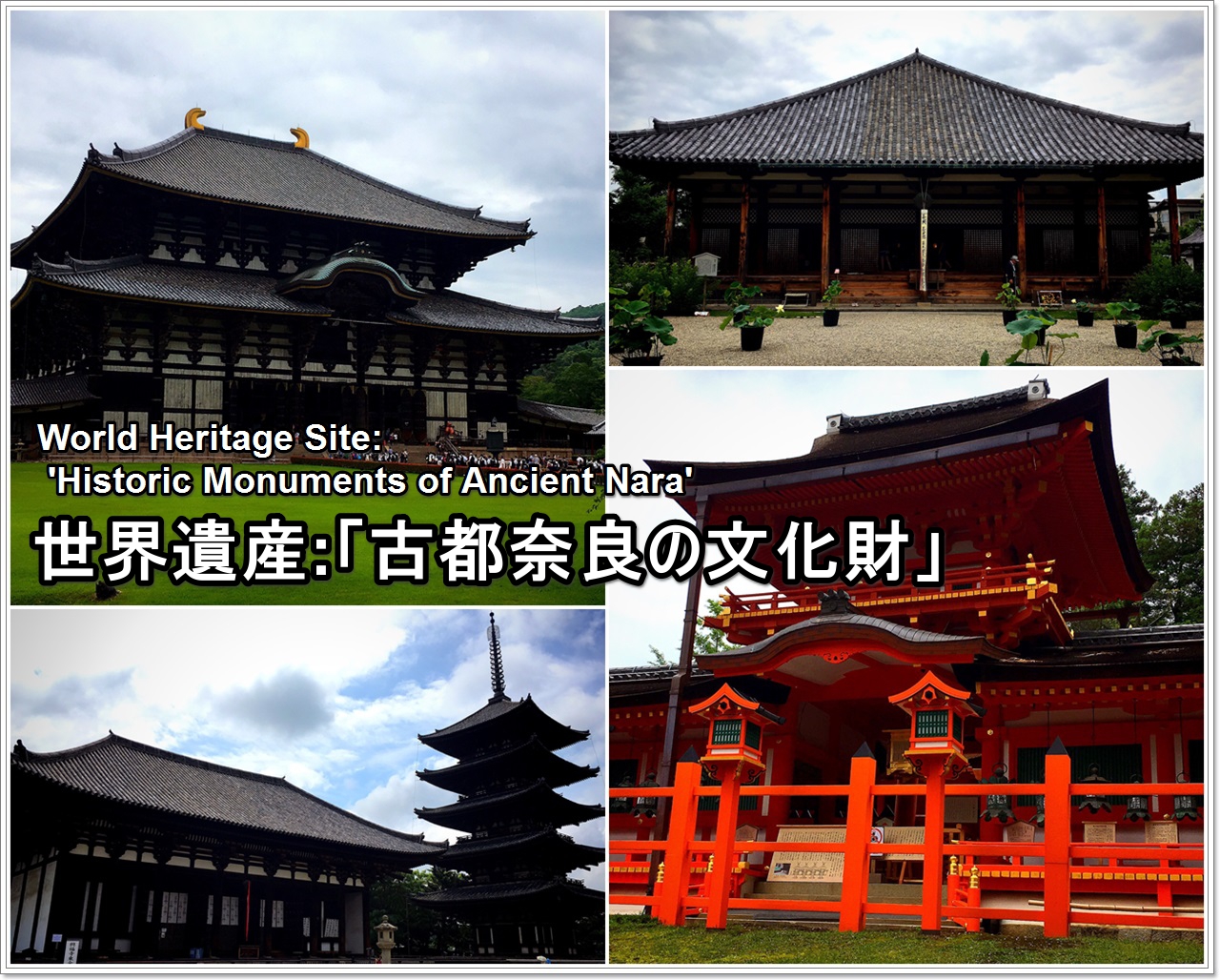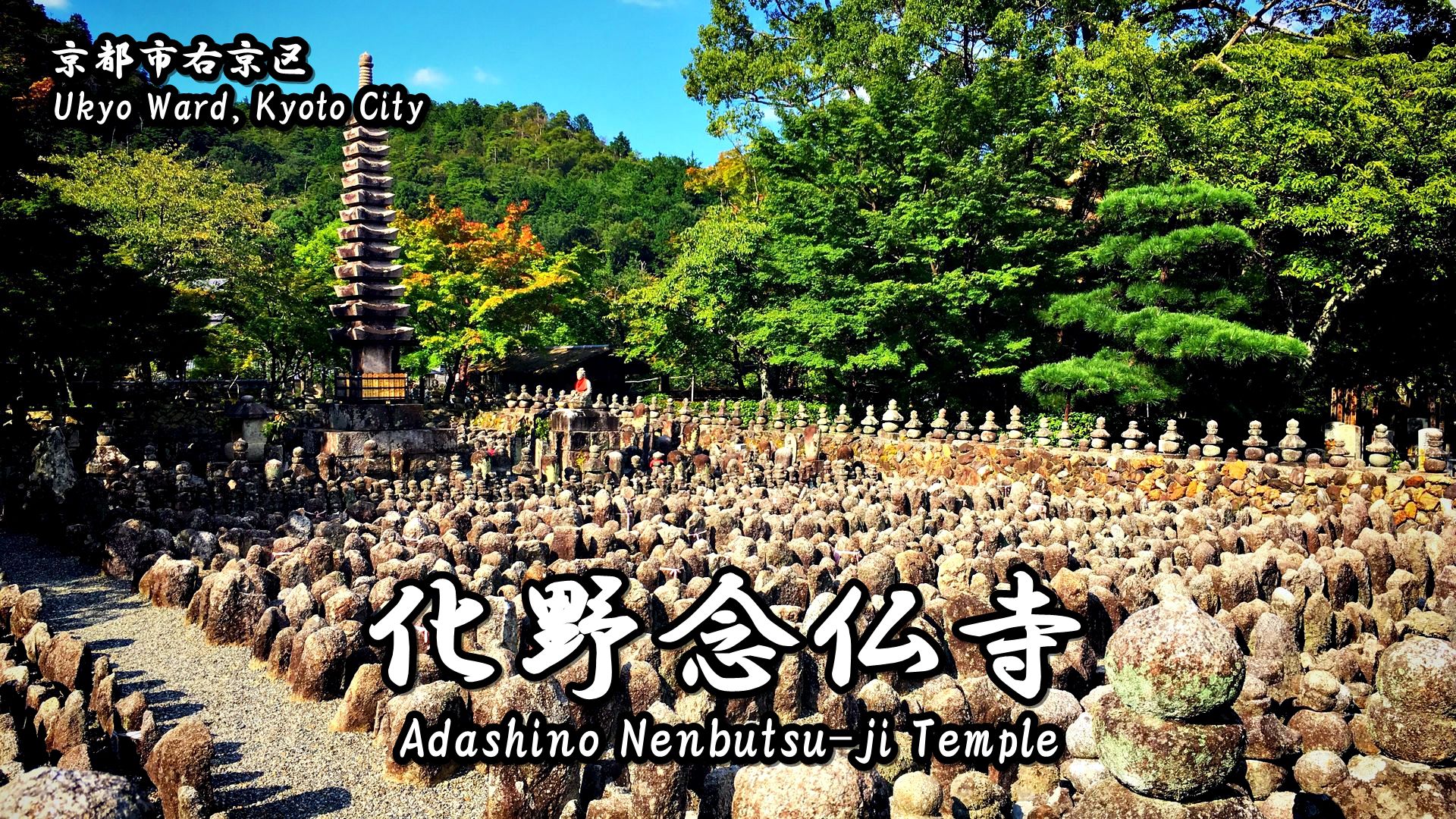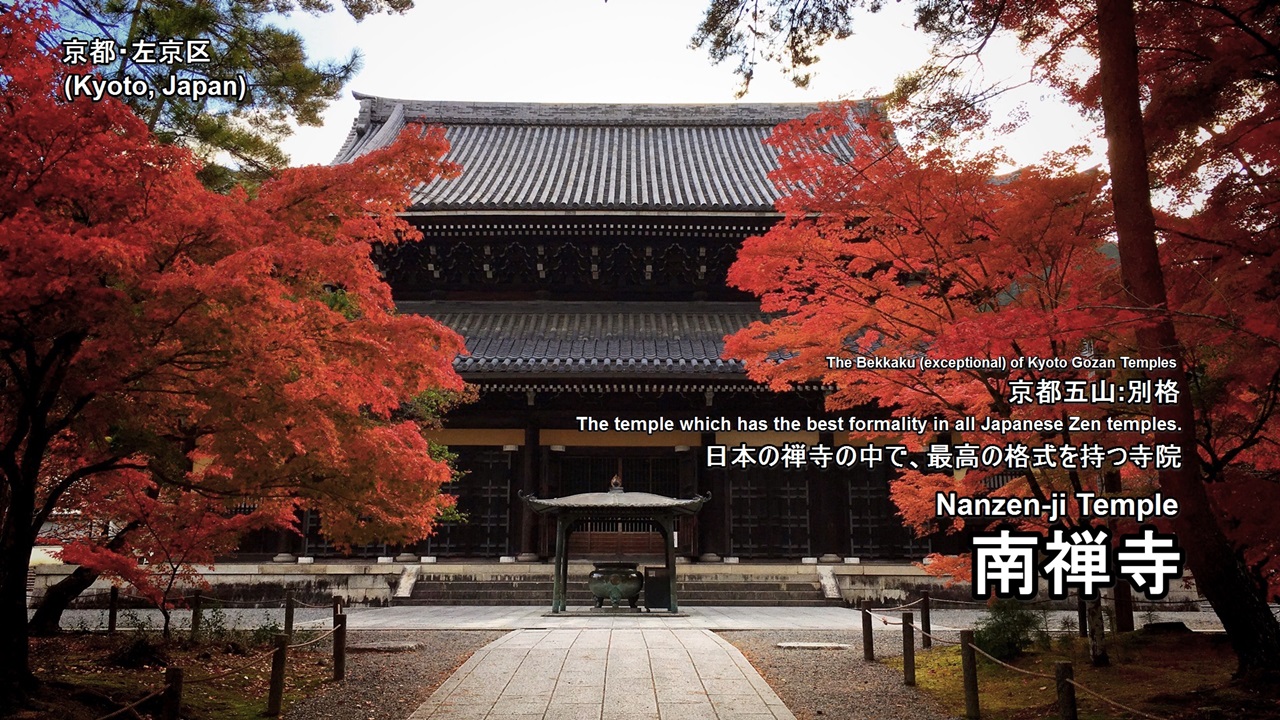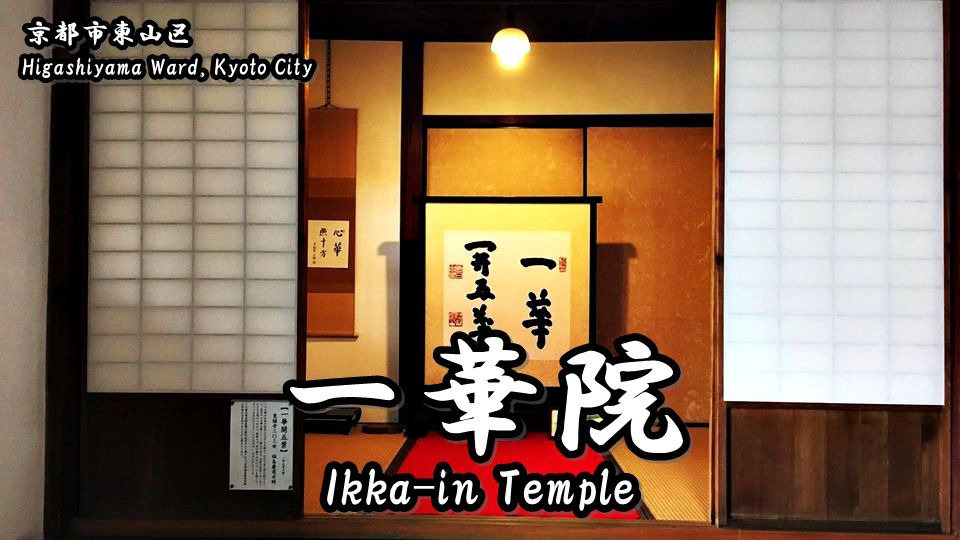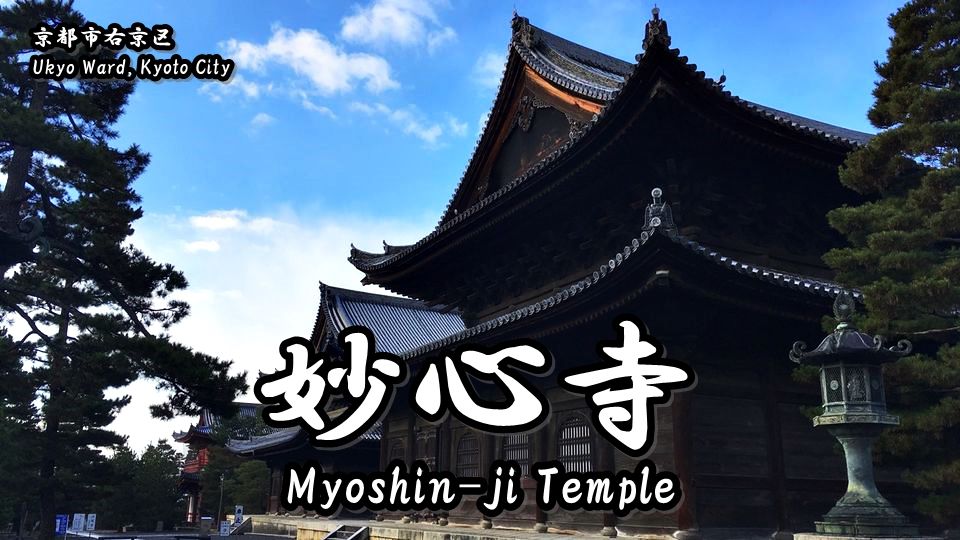Ryosoku-in Temple (両足院) is one of sub-temples (塔頭:tatchu) of Kennin-ji (建仁寺) which is located in Higashiyama Ward, Kyoto City.
It was constructed in 1358 of the early Muromachi period by Ryusan Tokuken (龍山徳見) who was a priest of the Rinzai Sect.
Kennin-ji, the head temple of this temple, is one of the Japan’s oldest Zen temple and the third of the Five Great Zen Temples of Kyoto and it has a total of 14 sub-temples.
There are both a chisen-kaiyushiki garden, Japanese style garden with a path around a central pond and spring, and a dry landscape garden with moss and pine trees.
This temple is also known for ‘The Founding Temple of Manju.’
History of Ryosoku-in
Let’s study the history of this temple with me.
I think that we can enjoy sightseeing of this temple more by learning the history of it. XD
Ryosoku-in Temple (両足院) is one of sub-temples (塔頭:tatchu) of Kennin-ji (建仁寺) which is located in Higashiyama Ward, Kyoto City.
It was constructed in 1358 of the early Muromachi period by Ryusan Tokuken (龍山徳見) who was a priest of the Rinzai Sect.
Ryusan Tokuken was a high priest of Rinzai sect who practiced Zen meditation training in China for over 40 years.
He went back to Japan in 1394 and after having acted as a chief priest of Kennin-ji, Nanzen-ji and Tenryu-ji, died in 1358.
Therefore, this temple was built in 1358 to mourn him.
In addition, a Chinese named Join RIN (林浄因) has came to Japan with him at that time.
It is said that he introduced Manju (饅頭:steamed bean-jam bun) to this temple from China.
For the above reasons, this temple is also known for ‘The Founding Temple of Manju.’
Ryosoku-in Temple was called ‘Chisoku-in (知足院)’ at the time of the foundation.
Chisoku (知足) comes from the Zen-Buddhist terminology called ‘吾唯足知 (Ware tada taru wo shiru, I simply know what is enough).’
And it was renamed to the current name between 1532 – 1555 during the Muromachi period.
The current name originated from ‘Ryosoku-son (両足尊).’
It is one of the honorific title of Buddha.
There is a Bishamonten-do hall that worships Bishamonten (毘沙門天) in the precincts of the temple.
This Bishamonten was a heirloom of Nagamasa KURODA (黒田長政) who was the first lord of the Fukuoka Domain of Chikuzen Province.
He is said to be one of the most active warlords in the battle of Sekigahara (関が原の戦い).
It is said that he always carried this Bishamonten doll during this fight.
Therefore, it is said that this statue has divine favor of “victory” and “luck.”
Information for visitors
It is only open to the public on specific days (not fixed).
Special admission information (Japanese text only)
Below is the information on the Special admission in the winter of 2019.
Website
Information
Address:591, Komatsucho, Higashiyama-ku Kyoto-shi, Kyoto, 605-0811, Japan
Phone:+81-75-561-3216
Foundation:1358
Founder:Ryusan Tokuken (龍山徳見)
Sect:Rinzai Sect (臨済宗)
Principal image:Amida Nyorai (阿弥陀如来)
Open
10:00~16:00
Admission Fee
| Adults | 600 yen |
| Children | 300 yen |
Other information
・Zen meditation experience is held several times in a month.
・Please ask temple’s staff where you can take photos and videos.
・Worship method of a shinto shrine and a buddhist temple, please refer to the following article.
Next, Let’s go to see highlights of this temple with me!
Highlights of Ryosoku-in
- 方丈*(Hojo Hall)*
- 方丈前庭*(Hojo Garden)*
- 大書院*(Dai-Shoin Hall)*
- 書院前庭*(Shoin Garden)*
- 水月亭/臨池亭*(Suigetsu-tei/Rinchi-tei)*
- 毘沙門天堂(Bishamonten-do Hall)
- 境内*(Precincts of the temple)*
This mark ‘*‘ is a pay area.
方丈*(Hojo Hall)*
It was rebuilt in the Kanei era of the Edo period (1624-1643).
Statue of Amitabha Tathagata, the principal image of this temple, is enshrined.
It is the courtyard called ‘Akai-niwa Garden (閼伽井庭)’ between Hojo hall and Dai-Shoin hall.
‘Aka (閼伽)’ has the meanings of sacred water to offer to the Buddha.
The well in this garden is for drawing sacred water.
方丈前庭*(Hojo Garden)*
Hojo Garden is a dry-landscape garden covered with moss and decorated with stone arrangements and pine trees.
It was improved in the Momoyama period.
大書院*(Dai-Shoin Hall)*
It had the role of the monk’s study hall.
It was also rebuilt in the Kanei era of the Edo period (1624-1643).
書院前庭*(Shoin Garden)*
It is the Chisen-kaiyushiki-teien style (a stroke-style garden around a big pond) and designated as a place of scenic beauty by the Kyoto Prefectural Government.
水月亭/臨池亭*(Suigetsu-tei/Rinchi-tei)*
There are two tea rooms in the Shoin Garden.
The left side is Suigetsu-tei (水月亭) built in 1910 and the right side is Rinchi-tei (臨池亭) rebuilt in 1926.
毘沙門天堂(Bishamonten-do Hall)
There is a Bishamonten-do hall that worships Bishamonten (毘沙門天) in the precincts of the temple.
This Bishamonten was a heirloom of Nagamasa KURODA (黒田長政) who was the first lord of the Fukuoka Domain of Chikuzen Province.
He is said to be one of the most active warlords in the battle of Sekigahara (関が原の戦い).
It is said that he always carried this Bishamonten doll during this fight.
Therefore, it is said that this statue has divine favor of “victory” and “luck.”
境内*(Precincts of the temple)*
Small dry-landscape garden in the entrance building.
The fence between Shoin Garden and Hojo Garden.
Shoin garden seen from the side of the Dai-Shoin hall.
Shoin garden seen from the inside of Dai-shoin hall.
Video of Ryosoku-in
Photos of Ryosoku-in
Goshuin (red ink stamp) of Ryosoku-in
Temple’s Goshuin is ‘Chisoku (知足)’ which is the old name of this temple.
We can get it in the Dai-Shoin hall. (300 yen)
How to get to Ryosoku-in
Ryosoku-in is in the precincts of Kennin-ji.
Nearest station is Keihan Gion-shijo Sta. or Hankyu Kawaramachi Sta.
We can also go by bus from JR Kyoto Sta.
From Osaka Sta. (by train)
Timetable and Route Search (train)
1.Get on the JR Osaka Loop Line from Osaka Station to Kyobashi Station and change to the Keihan Railway.
2.Get on the Keihan Railway from Kyobashi Station to Gion-shijo Station.
From Namba Sta. (by train)
Timetable and Route Search (train)
1.Get on the Osaka Metro Midosuji-Line from Namba Station to Yodoyabashi Station and change to the Keihan Railway.
2.Get on the Keihan Railway from Yodoyabashi Station to Gion-shijo Station.
From Kyoto Sta. (by train)
Timetable and Route Search (train)
1.Get on the JR Nara Line from Kyoto Station to Tofukuji Station and change to the Keihan Railway.
2.Get on the Keihan Railway from Tofukuji Station to Gion-shijo Station.
From Gion-shijo Sta. and Kawaramachi Sta. (on foot)
It’s about 15 minutes (800m) on foot.
Get on a bus from Kyoto Sta.
Timetable and Route Search (bus)
Please get on a Kyoto City Bus No.206 (Kyoto Sta.[D2]) and get off Higashiyama Yasui.
Bus company:Kyoto City Bus
Routes/Destination:No.206[Bound for Gion Via Kiyomizu-dera Temple]
Boarding bus stop:Kyoto Sta.[D2]
Alighting bus stop:Higashiyama Yasui
Bus fare:230 yen
Time required:About 20 min
[Timetable]Route No.206
Take a taxi
From Kyoto Station:About 1,400 yen (about 10 min)
・Let’s show a taxi driver the following phrase.
・If you want to call a taxi, let’s show the following phrase.
[Phone number of taxi dispatch : Around the Kyoto Station]*Japanese text only.
Hotel search & reservation
How did you like it?
Have a nice trip! XD


